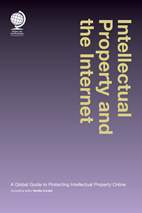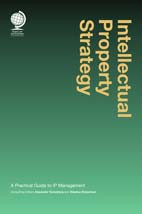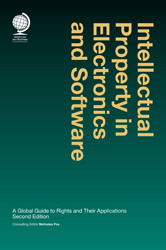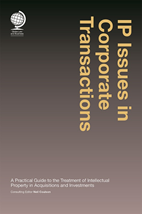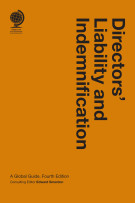
Consulting editor(s): Neville Cordell - Allen & Overy
Publication date: May 2014
Format: Hardback
Pages: 496
Price: £135.00
ISBN: 9781905783953
Add to basket (UK and Europe)Click to buy (USA, rest of world)
Add to basket (UK and Europe)Click to buy (USA, rest of world)
In the Internet era whether IP rights are fit for purpose has to be constantly reassessed. This book is a very good resource.
The past 20 years have seen a revolution in the way that we live, socialise and do business around the globe. Borders and barriers have fallen, giving consumers of digital information unlimited sources of data. The Internet has created a universe of convenience for the consumer.
Just as society evolves, so too must the law. The sharing of online content creates challenges for IP law, well beyond the scope of the pre-digital era. Content containing intellectual property can be shipped instantaneously around the world with the click of a mouse. We face a modern problem that our technological world accelerates at a rate that can leave our IP framework in the dust. We have seen these examples played out in the music and film industries, as well as in the electronic book publishing industry. We have also come to see that the enforcement of IP rights in cyberspace gives rise to unique cross-border enforcement issues.
Edited by Neville Cordell, IP partner at international law firm Allen & Overy, this guide contains analysis and guidance on how IP laws are applied to the Internet in 19 major jurisdictions worldwide, including chapters from leading experts at Herbert Smith Freehills, Norton Rose Fulbright, Clifford Chance, Quinn Emanuel and Kim & Chang. Chapters explore, on a comparative basis, the means of protection for a range of online content offered by copyright and database rights, trademarks and patents, considering issues such as infringement, liability, possible exemptions and remedies including disclosure orders against internet service providers.
This exciting title is essential reading for lawyers, in-house counsel, media and business professionals who must deal with the challenges of managing digital intellectual property and wish to understand how best to protect such works from infringement internationally.




